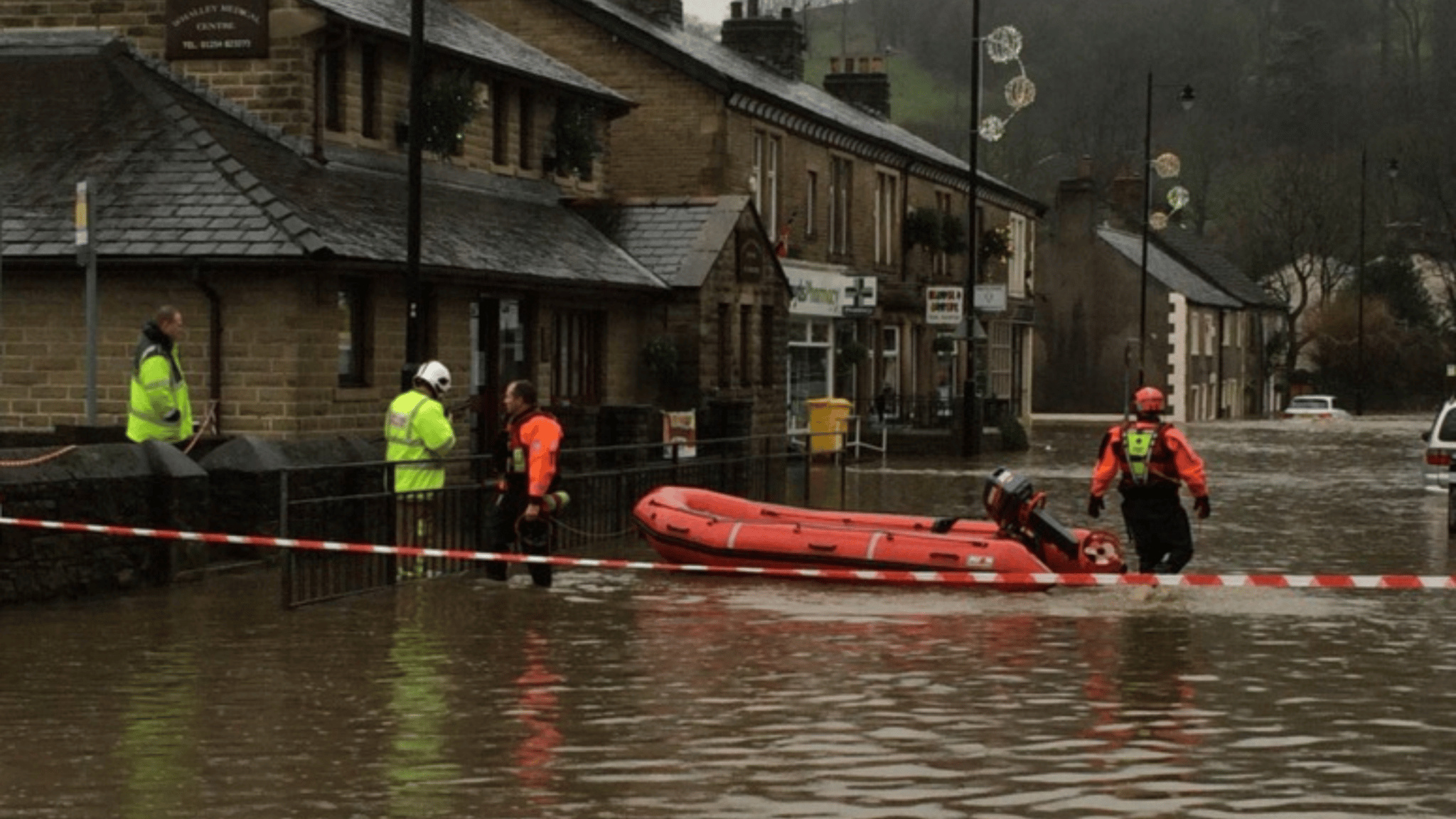Natural flood management (NFM) is a flood risk management strategy that uses natural water processes to try and reduce flood risk.

When used alone it can have a significant impact on areas that are prone to less serious flooding. It is also very handy for protecting areas where, when flooding does happen, it doesn’t have a major impact; for example in unused fields.
NFM is also often used alongside traditional ‘hard’ defences like concrete embankments, channels, and walls. When used together these processes can provide more protection for areas that will suffer the most if flooded. This includes homes and important infrastructure like power stations.
Using natural processes has multiple benefits too. When we plant trees, renaturalise rivers, or create wetlands we create new habitats for wildlife, tree planting and peat restoration locks up carbon, and changes to land management can reduce pollution.
There are several types of NFM that are used in our catchment. Each has their own benefits and the methods that work in one area might not work in others, but there is almost always a natural solution to our man made problems.

Tree Planting
Perhaps one of the most well used NFM tools, trees are excellent at reducing flood risk. This is one of many reasons why we plant literally tens of thousands of trees each winter! Trees help by catching rain in the canopy before it reaches the ground and absorbing water through their roots whilst their roots break up compacted soil, increasing its ability to absorb water. Plus, they also store carbon, stabilise riverbanks, provide habitat, and filter pollutants.

Agricultural Land Management
Large swathes of the Ribble catchment are dedicated to farmland. Our team of farm advisors work with farmers from the very top to the very bottom of the catchment to help farmers and landowners improve land management practises. Reducing rainwater runoff, slurry and fertiliser management and soil management are big parts of this work. As farmers themselves, our farm advise team know exactly what it’s like to work with the land, so they can help farmers make changes that benefit the environment and their businesses.

Peat Restoration
Peat is a really rare habitat and is excellent at storing both water and carbon. Sadly, much of the UK’s peatlands have been heavily eroded and badly managed. Here at Ribble Rivers Trust we’ve been working across the catchment to stabilise and restore peat and block drains and grips. Healthy peat acts like a huge super absorbent sponge, collecting rainwater and releasing it slowly which reduces the amount of water in our rivers and helps to prevent or lessen flash floods.

Leaky Woody Dams
Leaky dams are dams that are made with natural materials, often wood and brash, which work to temporarily hold back water and release it slowly. These structures mimic fallen naturally occurring fallen trees. As they usually sit above the natural water level they don’t pose barriers to fish migration. In addition, they collect debris which could travel downstream and cause damage and create habitats for river dwelling wildlife.

River Re-Naturalisation
Most of our rivers suffer from human modifications. Whether it’s for sewage, drinking water, land drainage, or the historic need for waterpower. These modifications include creating straight channels which move water at a faster rate. However, this means that the water is moves rapidly downstream, resulting in flooding. River renaturalisation means returning the river to a more natural state and reconnecting them to their floodplains.

